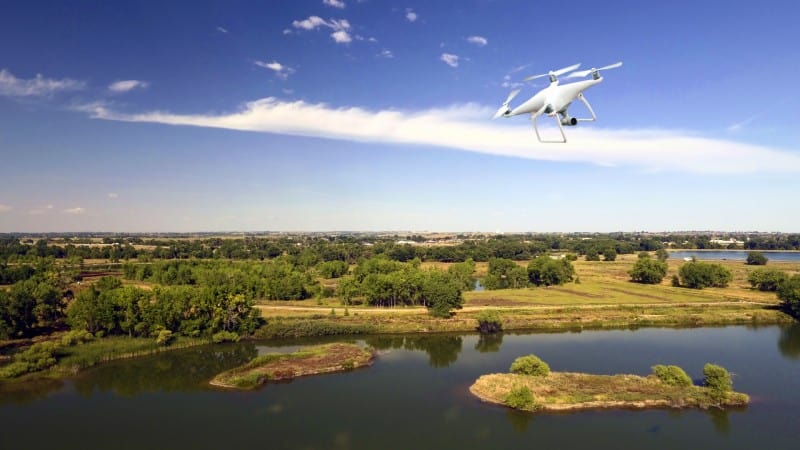Last Updated on August 7, 2020
So you’ve got yourself a drone and would like to take aerial photographs with it. You won’t get everything right on your first go, and that’s absolutely fine. The photographers you admire didn’t get to where they are simply with just one click – it took time and lots of practice to get them where they are. Here’s how you can start carving a reputation for yourself with drone photography:
 But First…A Few Reminders
But First…A Few Reminders
Just because your drone can take photos doesn’t mean snapping away happily will result in jaw-dropping images; it takes knowing your device and what it can do to take decent photographs. Here are a few reminders before you start taking pictures:
- Understand your drone. Even if you don’t go through the manual from start to finish, you still need to know your drone really well to get the best photos.
Does your remote-controlled machine have a preset selection of movements? Is the camera included with your drone feature a stabilization feature? Knowing the answers to these questions helps you capture pictures the way you desire.
- Spend hours flying your drone. Flying in different settings and conditions helps you understand how your drone “behaves.” This way, you won’t be taken by surprise should the weather change during your planned shoot. Also, flying your drone for many hours before taking a proper photo helps you determine just how long its battery lasts.
- Get a drone with useful features. If you intend to use your drone for taking photos, it helps to get the right one. For instance, if you can’t get a drone with a standard camera, get one with an attached gimbal that can carry a decent camera, be it a GoPro or a DSLR. It also helps to get a drone that offers real-time video feed on either its controller or a smartphone as this helps you compose shots.
- Get extra batteries. Drones can offer around 20-25 minutes of flying and if you haven’t got your shot yet, it helps to have extra batteries to get your drone in the air again.
- Know and obey the law. The FAA requires drones between 0.55 to 55 pounds to be registered. Plus, there are areas where you can’t fly a drone like airports or airfields. Plus, drones should be kept at a safe distance from people, cars, and buildings to avoid harm and property damage.
Tips for Drone Photography

- Fly over the area you want to take a photograph of. This is where the extra battery suggestion comes in. Flying over a scene before snapping a photo helps you get an overview and can also give you ideas of shots you want to take. Of course, it would be more effective if you can get a feed delivered to your controller or smartphone.
- Get the settings right. You have to adjust the settings of the camera before sending the drone in the air if you have a model without an onboard camera. Otherwise, you can adjust settings from an app on your smartphone.
- Take advantage of features. Some drones come packed with features such as following a subject or following a certain path. Using these allows more creative photos.
- Opt for open spaces. It’s best to start with open spaces, especially if it’s your first foray with drone photography. Plus, there are lots of places to take beautiful photos, be it parks, forests, and beaches, among others. You can move on to urban settings once you’ve gained enough confidence in your skills and your device.
You will need time, a lot of patience, and even more practice to better your drone photography skills. But the secret is to never give up and never be afraid to try something new – but all within the law of course.
 But First…A Few Reminders
But First…A Few Reminders

